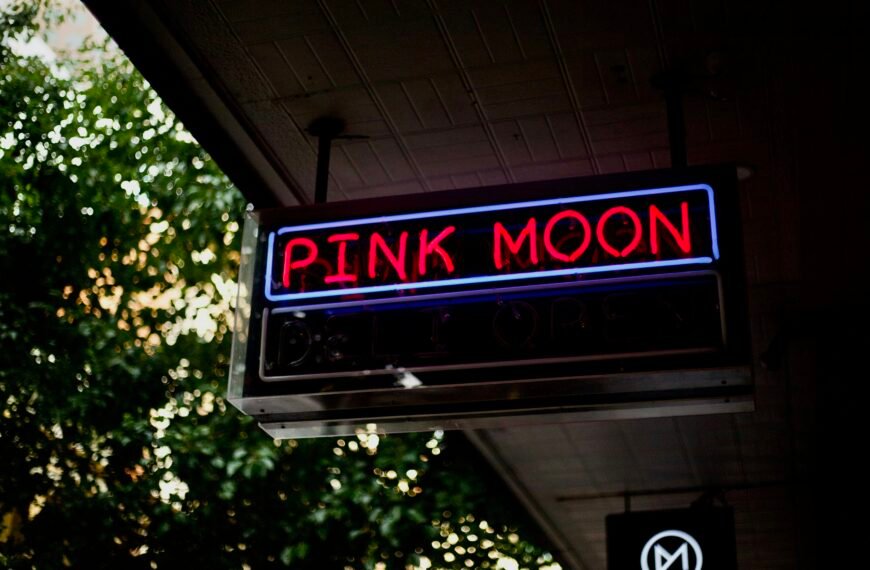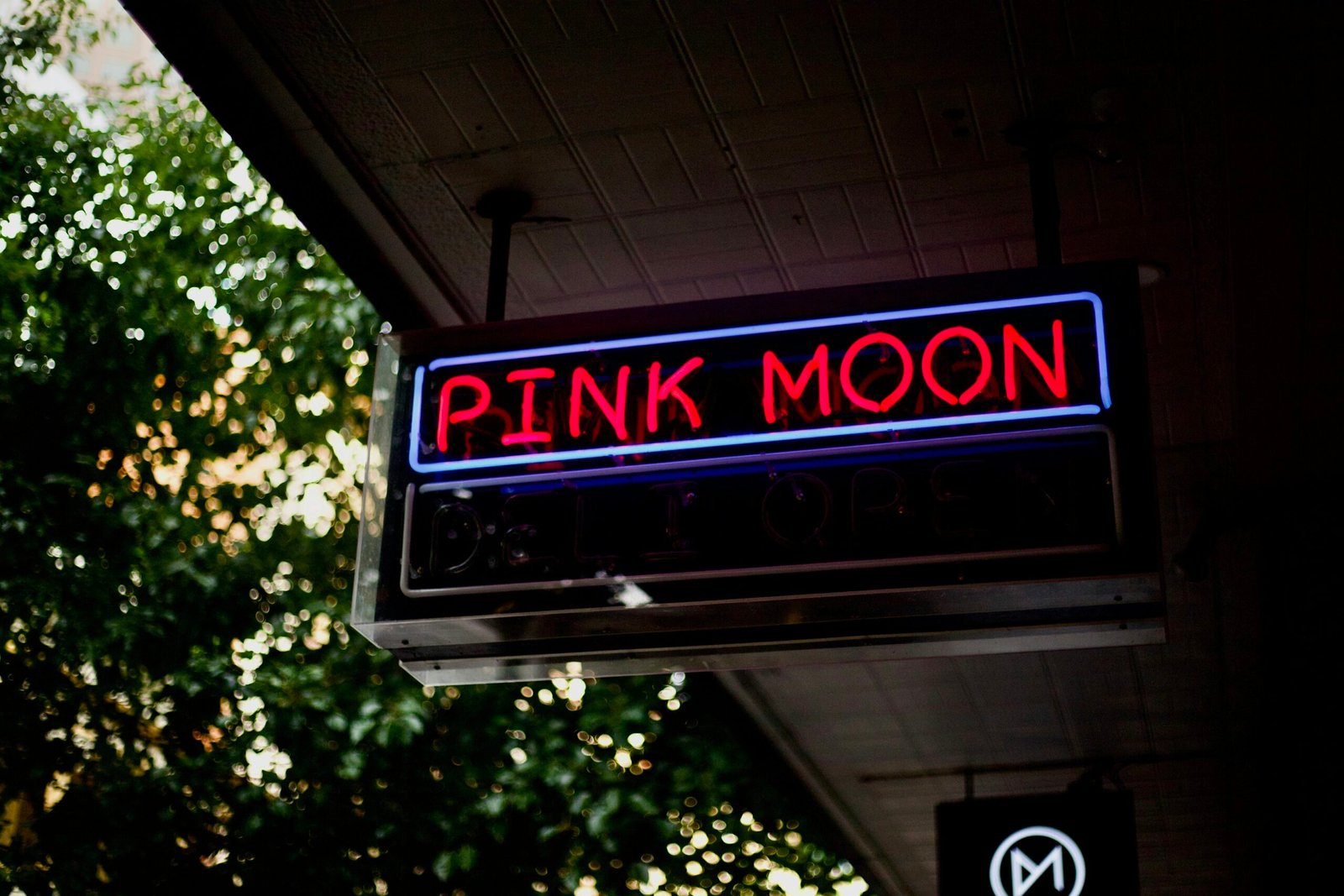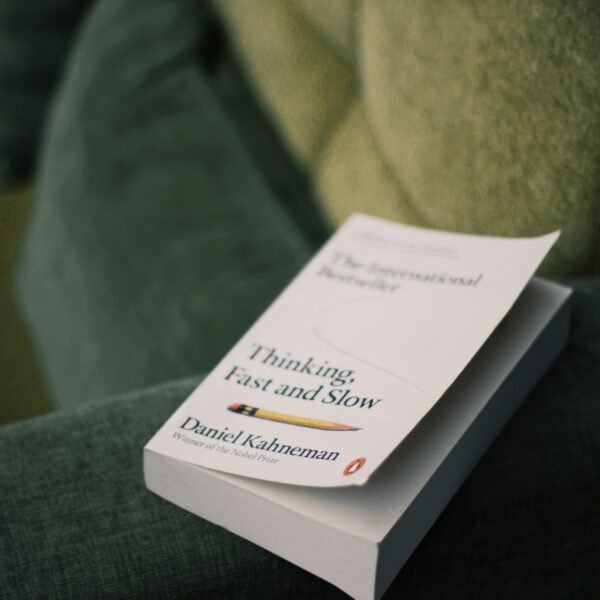Step back in time and explore the legacy of the Harlem Renaissance through the eyes of six talented artists. In this thought-provoking article, you’ll discover how these artists draw inspiration from the African American modernist movement that took the art world by storm a century ago. From the vibrant paintings of Derek Fordjour that pay homage to the art historical consciousness of Harlem Renaissance artists, to Xaviera Simmons’ exploration of the erased voices of queer femmes in the movement, this article offers a fascinating glimpse into the ongoing impact and challenges faced by this influential cultural movement.
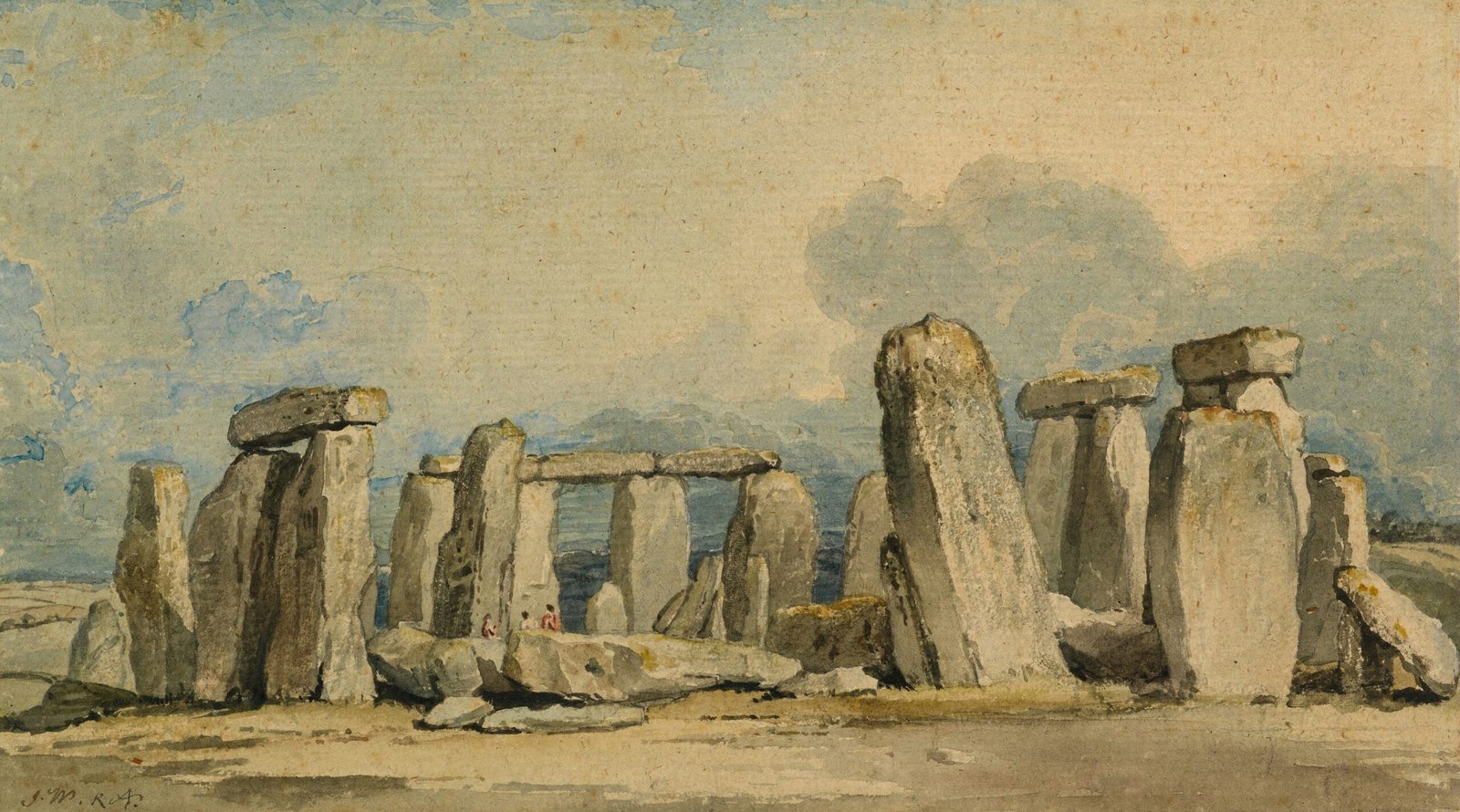
Derek Fordjour
Derek Fordjour, a contemporary artist, found inspiration in the art of the Harlem Renaissance during his childhood. Growing up in Tennessee, he was exposed to Aaron Douglas’s murals at Fisk University, which left a lasting impact on him. Later, in his art history classes at Morehouse, he further explored the contributions of Harlem Renaissance artists to the art world. Fordjour mentioned, “I was completely riveted by the contributions that the Harlem Renaissance artists had made to art history. It gave me this alternate canon that really made it clear that I was working out of a rich legacy.”
In his own artwork, Fordjour incorporates various materials to create multidimensional pieces. His painting surfaces often include acrylic, charcoal, pastel, foil, newspapers, and even glitter. He believes that the lessons from the Harlem Renaissance artists are felt in many ways, particularly in discussions about figuration in art. Fordjour emphasized, “I don’t think it’s possible to have a conversation about figuration without going back to this very fecund moment of Black artistic development.” As a way of honoring his predecessors, he frequently quotes directly from Harlem Renaissance artists like Archibald Motley Jr. and Richmond Barthé. According to Fordjour, these artists were overlooked and sidelined in art history, so he sees it as his obligation to bring their contributions into the spotlight and enlighten his audience.
Xaviera Simmons
Interdisciplinary artist Xaviera Simmons also draws inspiration from the Harlem Renaissance. She states that the Harlem Renaissance has been a part of her artistic vocabulary since birth. However, Simmons is acutely aware of the erasure of certain figures from the movement, particularly queer femmes and women who faced misogyny and oppression during that time. As she delves deeper into the history of the Harlem Renaissance, Simmons finds these problematic aspects troubling.
Simmons’s engagement with Jacob Lawrence’s “Migration Series” is a significant part of her exploration of the Harlem Renaissance. The “Migration Series,” created by Lawrence between 1940 and 1941, consists of 60 paintings depicting the mass movement of African Americans from southern states to industrial cities in the north. Each painting is accompanied by an explanatory label. Simmons was surprised to discover that Lawrence’s wife, Gwendolyn Knight, co-wrote the labels. This realization highlights the contributions of women to the series—an aspect that has often been overlooked.
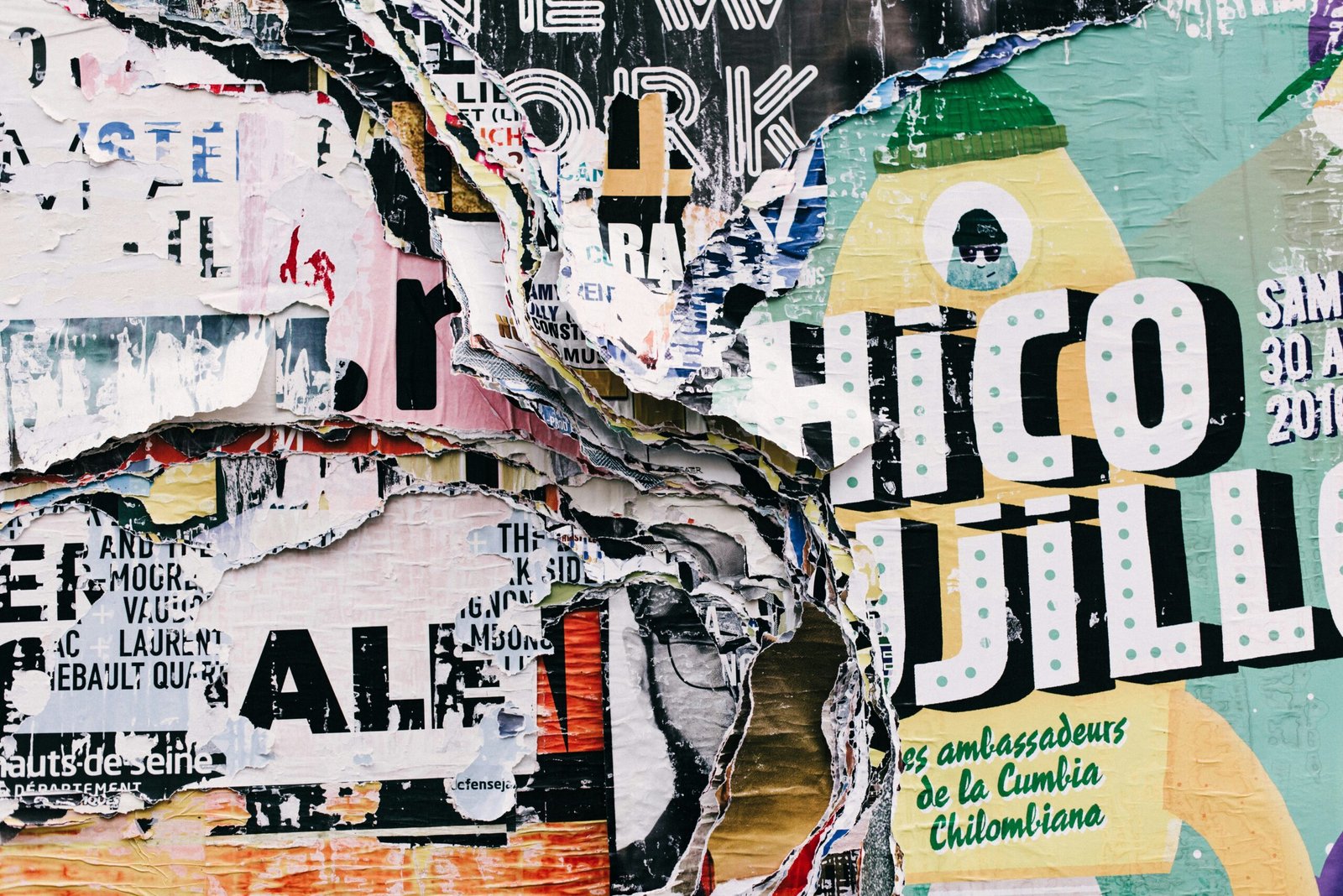
The Harlem Renaissance
The Harlem Renaissance was the first African American modernist movement, which took place in the 1920s and 1930s. It was a period of immense creativity and cultural expression, centered in the Harlem neighborhood of New York City. During this time, African American artists, writers, musicians, and intellectuals produced influential works that challenged societal norms and stereotypes. The movement played a significant role in shaping the artistic and cultural landscape of the United States.
The Harlem Renaissance was characterized by its vibrant and diverse artistic output. Artists like Aaron Douglas, Romare Bearden, and Jacob Lawrence gained recognition for their innovative approaches to painting, collage, and printmaking. Writers such as Langston Hughes and Zora Neale Hurston made significant contributions to literature, while musicians like Duke Ellington and Louis Armstrong revolutionized jazz. These artists paved the way for future generations of African American artists and influenced contemporary art movements.
Contributions to Art History
The artists of the Harlem Renaissance made significant contributions to the field of art history. Their work challenged conventional notions of beauty, representation, and cultural identity. By depicting African American subjects and experiences in their art, they offered alternative perspectives and narratives that were often ignored or marginalized.
The Harlem Renaissance artists also created an alternative canon within art history. Their works were often overlooked or overshadowed by mainstream art movements of the time. However, contemporary artists like Derek Fordjour and Xaviera Simmons recognize the importance of bringing these artists into the art historical consciousness. By referencing and integrating elements from Harlem Renaissance artworks in their own pieces, they shed light on the contributions of these marginalized artists.
Through their artwork, Fordjour and Simmons aim to enlighten audiences about the history and legacy of Harlem Renaissance artists. By showcasing their predecessors’ work and drawing inspiration from their artistic techniques, they continue the tradition of celebrating African American art and ensuring its rightful place in art history.
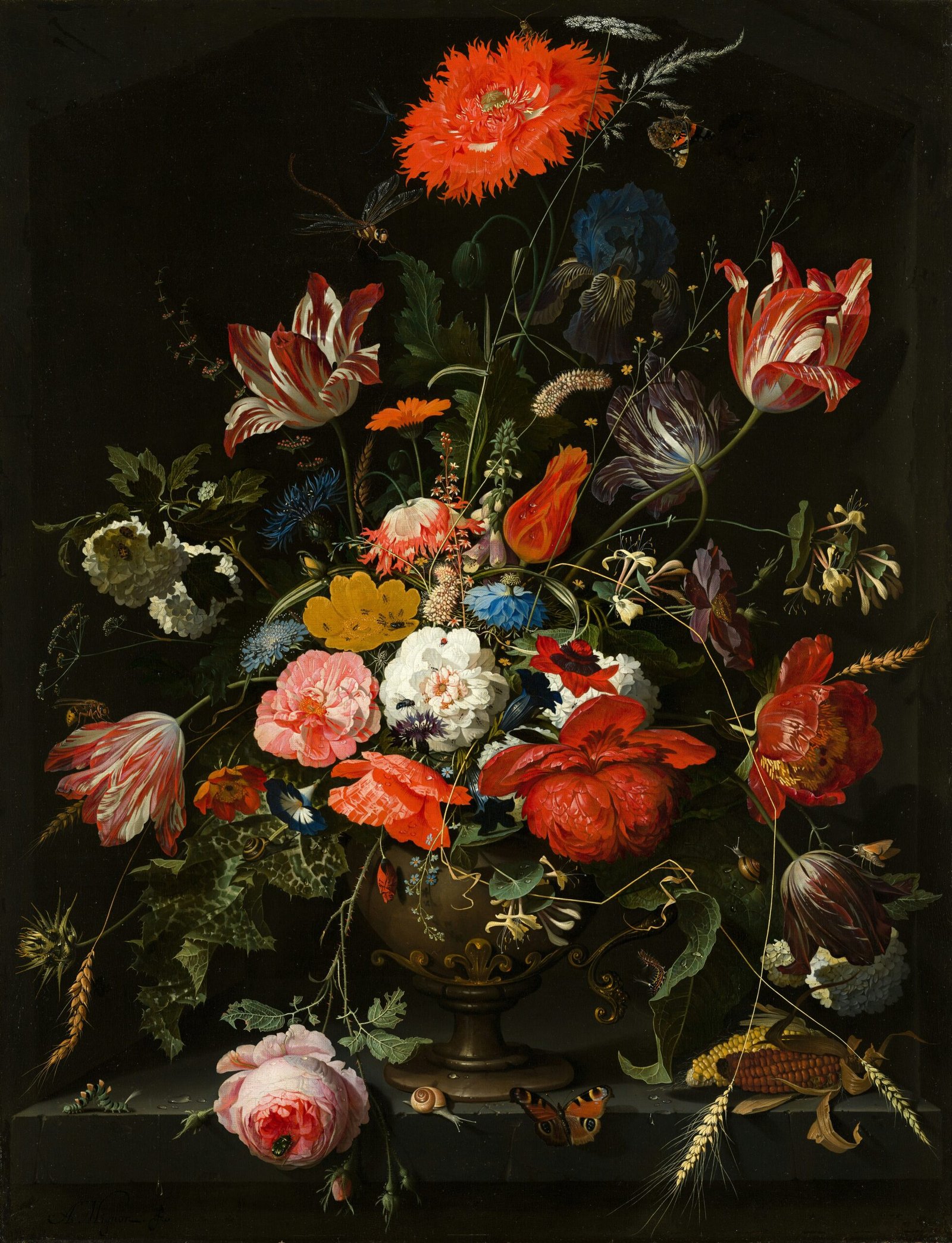
Figuration in Art
Figuration, or the representation of human figures, plays a significant role in the art of the Harlem Renaissance. Many artists of this movement depicted African American subjects in their work, showcasing the diversity and complexity of Black experiences. Through their figurative artworks, these artists challenged racial stereotypes and celebrated the beauty and resilience of Black people.
The exploration of figuration in Harlem Renaissance art continues to inspire contemporary artists. Derek Fordjour and Xaviera Simmons, among others, acknowledge the influence of this artistic tradition in their own works. By employing figuration, they create representations that reflect and celebrate the diversity of human experiences.
In contemporary art, figuration serves as a tool for addressing and dissecting societal issues. Artists use this form of representation to explore themes of identity, race, gender, and power dynamics. By continuing the tradition of figuration in their artwork, artists pay homage to the Harlem Renaissance while also contributing to the ongoing dialogue on social and cultural issues.
The Problematic Aspects
While the Harlem Renaissance was a transformative movement in many ways, it was not without its problematic aspects. Misogyny and oppression against women were prevalent during that time, including within the artistic community. Women were often excluded or marginalized, and their contributions were overshadowed.
In addition, the erasure of queer femmes from the history of the Harlem Renaissance is a significant concern. Many LGBTQ+ individuals, including artists, played important roles in the movement but have been overlooked or forgotten. Xaviera Simmons, in her exploration of the Harlem Renaissance, brings attention to these overlooked figures and challenges the narrative of exclusion.
Recognizing and addressing these problematic aspects is crucial to fully understanding the complexities of the Harlem Renaissance and offering a more inclusive and accurate portrayal of its history.
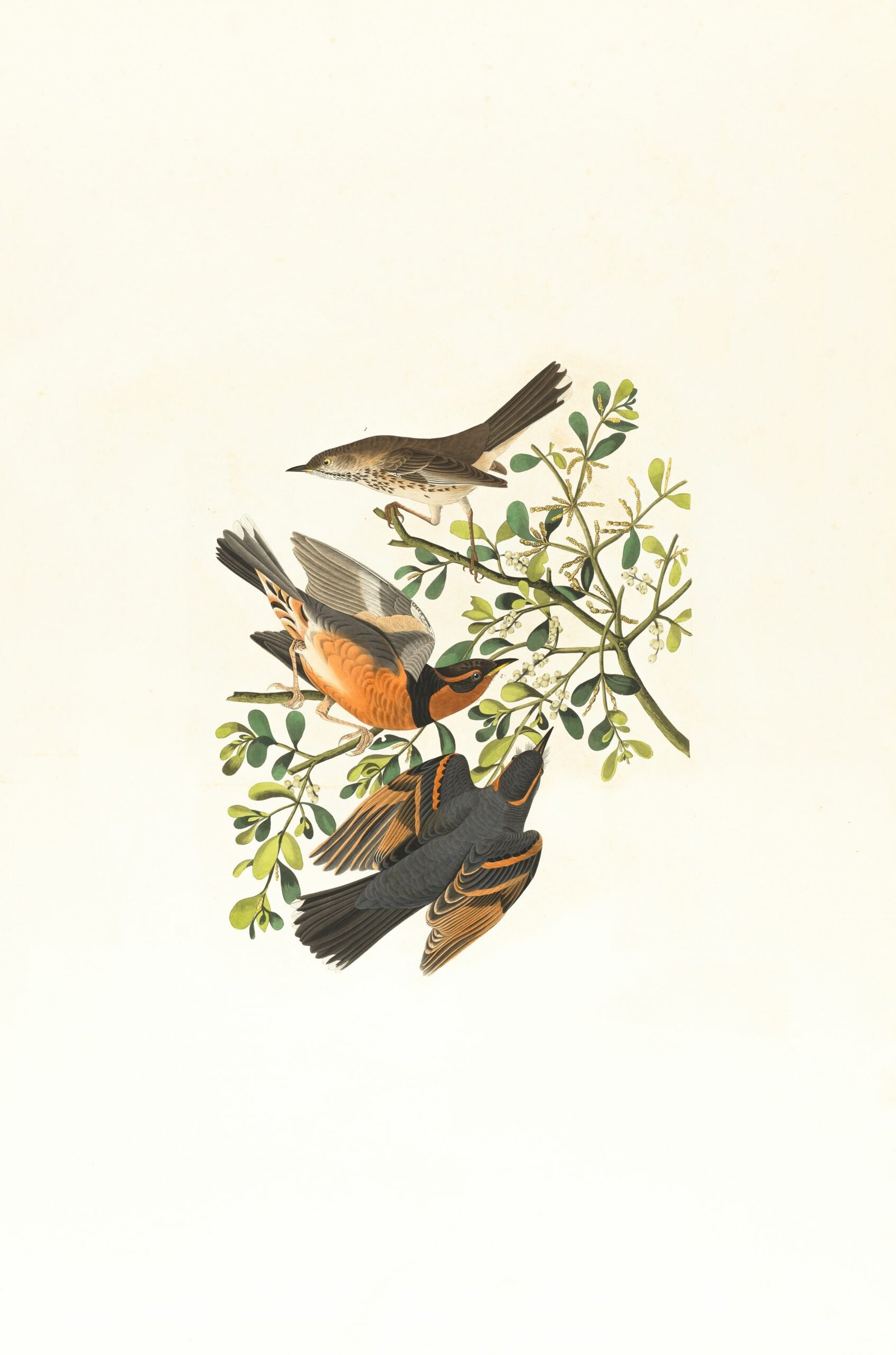
The Migration Series
Jacob Lawrence’s “Migration Series” is a seminal work within the context of the Harlem Renaissance. Created between 1940 and 1941, the series consists of 60 paintings that depict the mass migration of African Americans from the southern states to the industrial cities in the north.
Xaviera Simmons’s engagement with the “Migration Series” is both a homage and a challenge to its received histories. She brings attention to the fact that Gwendolyn Knight, Lawrence’s wife, co-wrote the explanatory labels for each painting in the series. This revelation highlights the contributions of women in shaping the narrative of the series and sheds light on their often-overlooked roles.
By engaging with Lawrence’s work, Simmons reinterprets and expands upon its themes, adding new layers of meaning and addressing the limitations and gaps in the historical narrative. Her exploration of the “Migration Series” serves as a catalyst to unearth and celebrate the contributions of marginalized individuals and communities within the broader context of the Harlem Renaissance.
Artistic Legacies
The legacy of Harlem Renaissance artists continues to resonate in the art world and beyond. Their contributions have had a significant impact on future generations of artists, inspiring them to explore new artistic possibilities, challenge societal norms, and celebrate diverse narratives.
The influence of Harlem Renaissance artists can be seen in various contemporary art movements. Artists like Derek Fordjour and Xaviera Simmons, along with others, draw inspiration from the Harlem Renaissance, incorporating its themes, techniques, and ideas into their artwork. By building upon the legacy of the Harlem Renaissance, these artists create a bridge between the past and the present, perpetuating the influence and impact of the movement.
In addition to influencing individual artists, the Harlem Renaissance continues to shape the broader cultural landscape. Its impact extends beyond the realm of art, influencing literature, music, theater, and scholarly discourse. The achievements of Harlem Renaissance artists continue to be recognized and celebrated, enlightening audiences about the contributions of marginalized artists and reshaping the art historical canon.
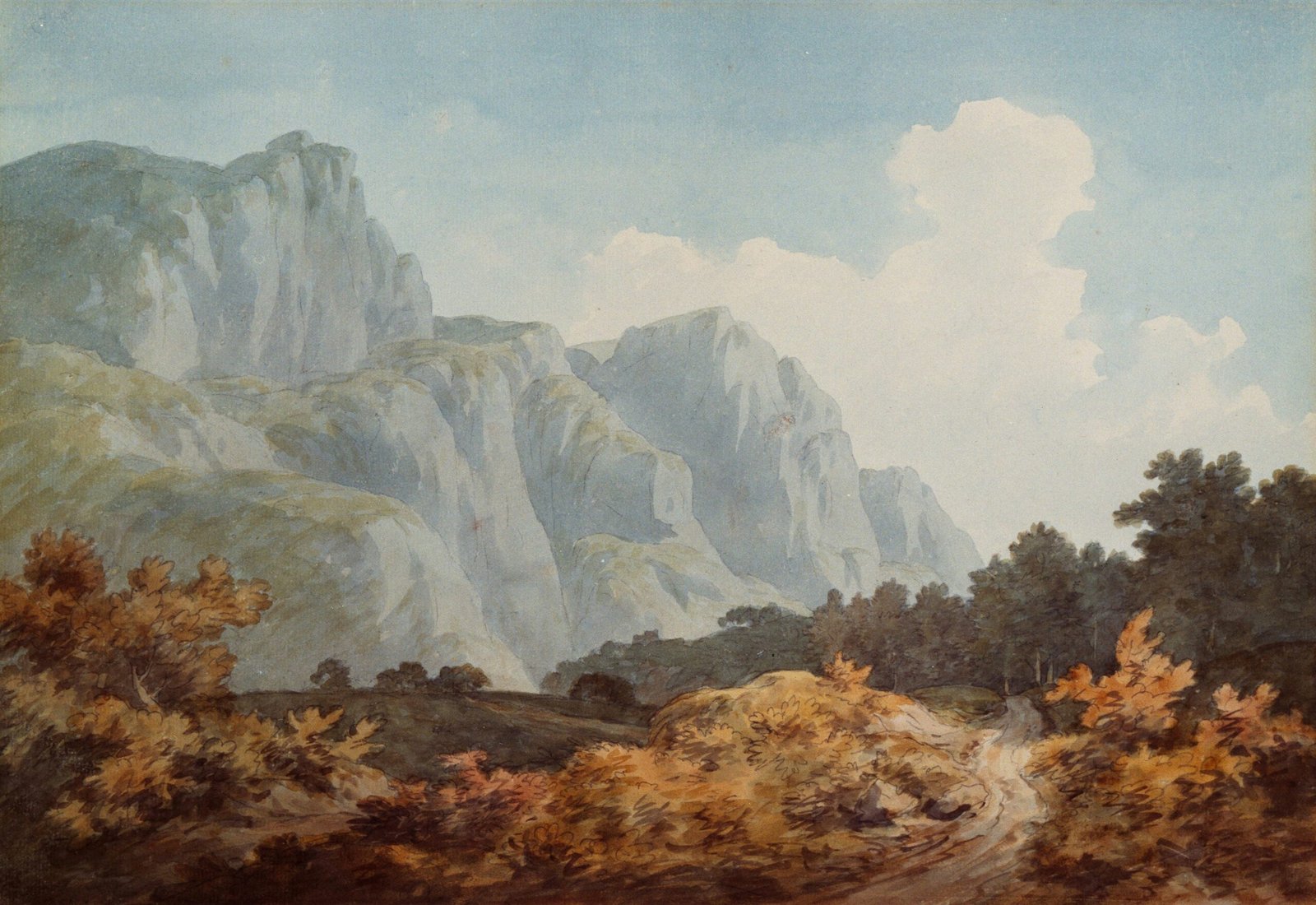
Challenges and Critiques
The artists of the Harlem Renaissance faced personal and societal challenges during their time. They experienced racism, discrimination, and limited opportunities for recognition and success. Despite these obstacles, they persevered and created groundbreaking artworks that challenged the status quo.
Critiques of the Harlem Renaissance arise from its exclusions and limitations. The movement, although revolutionary, often privileged certain voices over others, leaving behind marginalized individuals and communities. The erasure of women and queer femmes from the historical narrative is one such exclusion. By acknowledging these critiques, artists like Xaviera Simmons and others seek to address the limitations of the movement and offer a more nuanced and inclusive understanding of its history.
Examining the complexities and contradictions of the Harlem Renaissance allows for a deeper understanding of its significance and impact. By recognizing the challenges faced by the artists of the movement and addressing the critiques, we can engage in a more comprehensive and thoughtful dialogue about its legacy.
Contemporary Perspectives
The legacy of the Harlem Renaissance continues to be reflected and interpreted in contemporary art. Artists today explore new themes and ideas inspired by the movement, reimagining its messages for a modern audience. They use their artwork to address current social and cultural contexts, highlighting the relevance and resonance of the Harlem Renaissance in today’s world.
Contemporary artists draw inspiration from the Harlem Renaissance to amplify marginalized voices, challenge systemic inequalities, and contribute to ongoing dialogues surrounding race, identity, and representation. Through their art, they continue the work started by the artists of the Harlem Renaissance, building upon their legacy and expanding the boundaries of artistic expression.
As society continues to evolve, the Harlem Renaissance remains a crucial reference point for artists and audiences alike. Its enduring impact and powerful messages serve as a reminder of the power of art to shape and challenge our understanding of history, culture, and ourselves.

